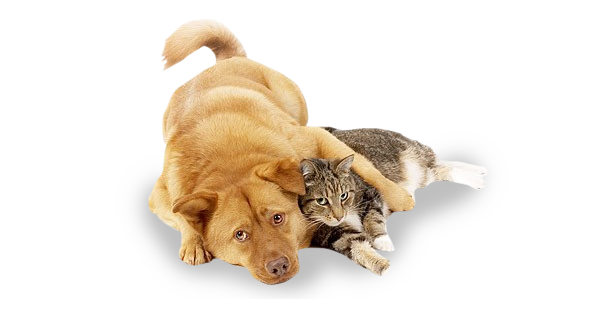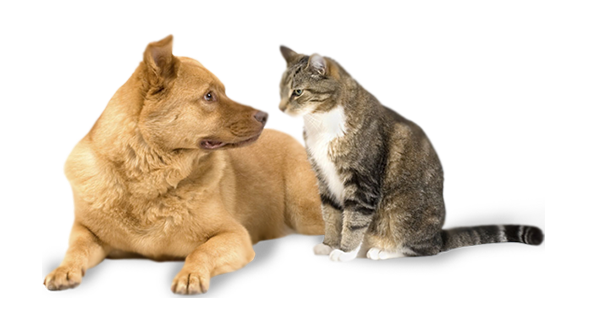Indoor or Outdoor- What’s best for my cat?
The fear of a road accident or not being able to let a cat in or out of a flat, due to work commitments, has led to a rise in the number of indoor cats. While some cats are more than content to curl up within the warmth and safety of a flat, others see the great outdoors as a necessary adventure. Allowing your cat to be outdoors enables him to do what cats naturally do i.e. explore, interact with other cats, defend their territory and chase objects. However, an indoor cat can be kept happy and healthy if the cat and owner are both content with it.
Tips for keeping and indoor cat
If you are considering keeping an indoor cat it’s important to fulfil the cat’s emotional and physical needs. The following tips should hopefully help:
- Play – cats have evolved into solitary hunters and it is important that this is recreated so that your indoor cat can express his stalking, chase, pounce and bite sequence of behaviour. This can be done with any sort of moving toys e.g. fishing rod type toy or rolling balls/paper over furniture.
- Social contact – indoor cats are best kept in pairs if possible so that they can enjoy interaction with their own species as well as enjoying human company. If your indoor cat requires a cuddle then make sure you give him one, even if you have a million and one other things to do! This will help re-establish the bond after a day away at work.
- Territory – the size of your indoor cat’s territory isn’t the main issue. What’s key is changing the environment every now and again as it would be outdoors to provide stimulation. Make sure your cats routine vaccinations are up to date and then bring in tree branches, rocks, cardboard, cat toys and anything else you think would intrigue him.
- Make feeding more interesting and difficult – a cat’s behaviour in the wild is to forage for food in the form of hunting and this time is markedly reduced by feeding from bowls. Try using a treat ball that enable small amounts of food to fall out when the cat manipulates it. Other tips include hiding toys such as those with catnip in them will help bring out his natural behaviour. Also ensure that you are not overfeeding your pet as this can result in animal obesity.
If you have more than one indoor cat in the household you must provide separate feeding stations and toileting areas. At least one scratching post per cat should be provided as well as escape and resting places e.g. on top of cupboards or under beds.
Hopefully these will provide lots of entertainment for your indoor cat. (Thanks go to FAB for allowing us to reproduce some of the items in their published article).



